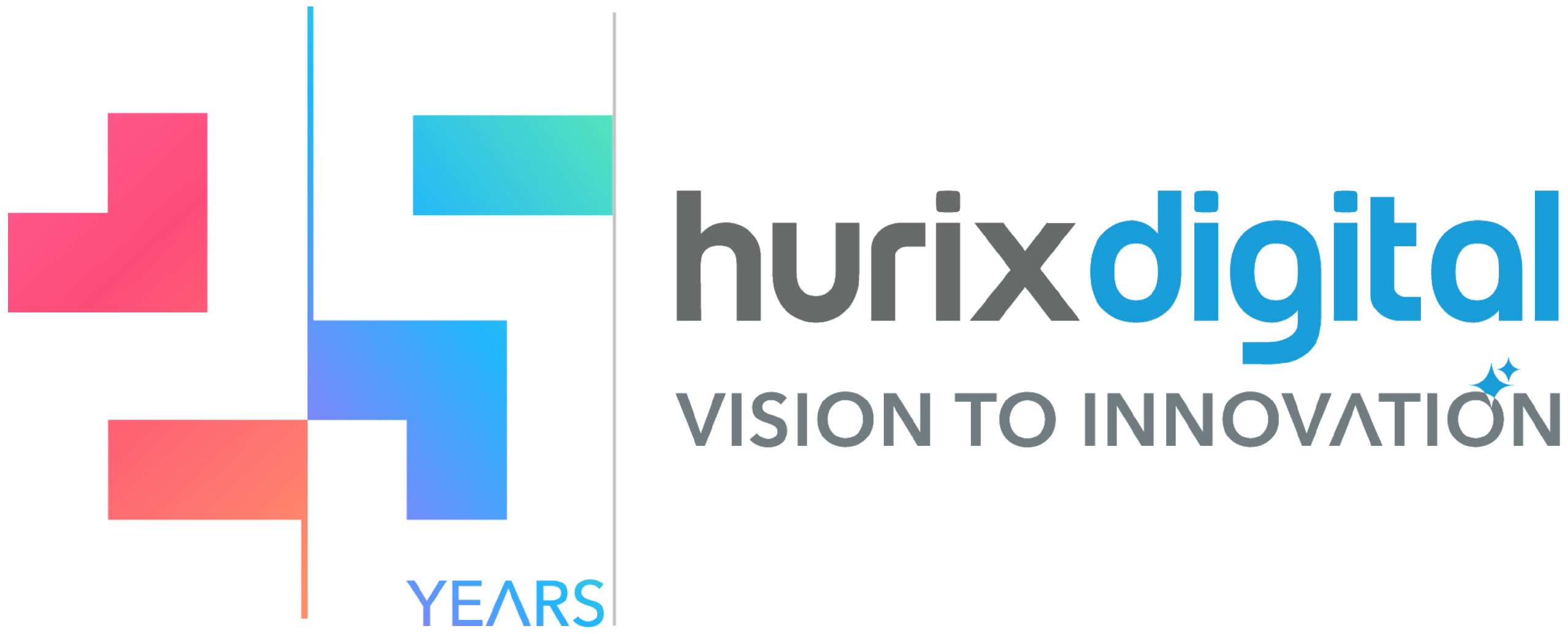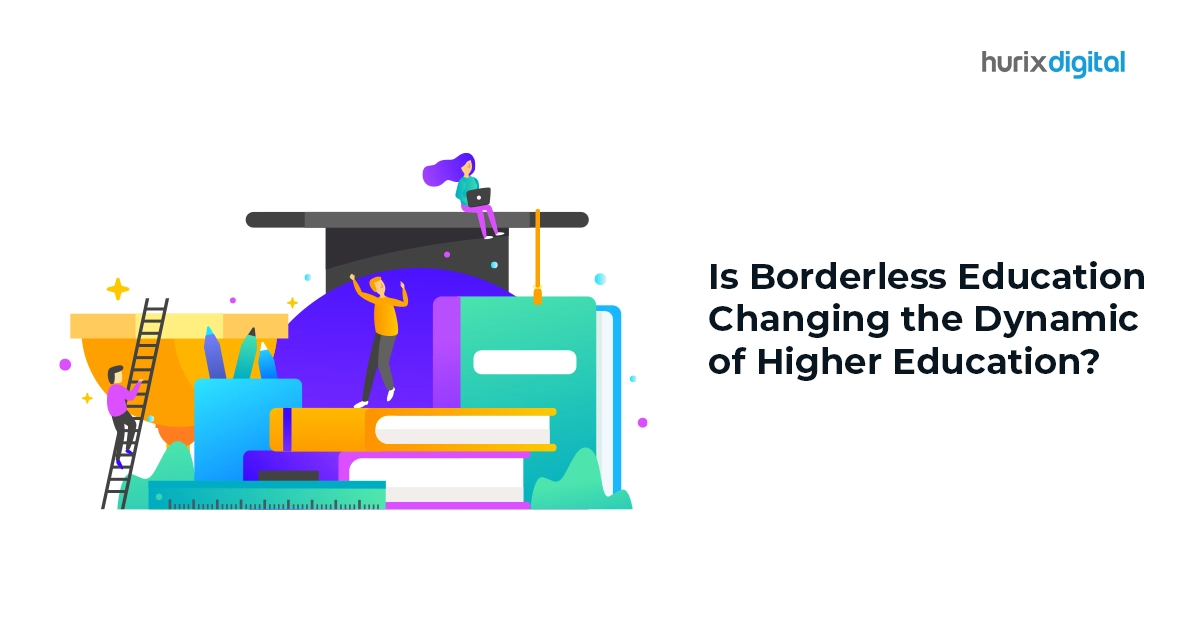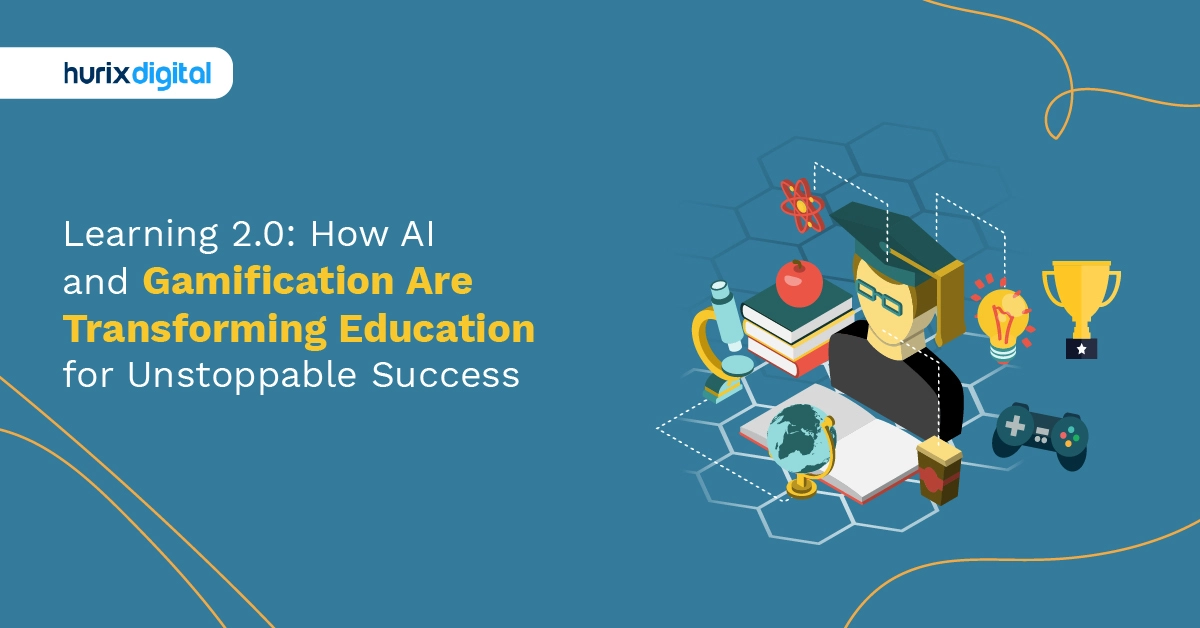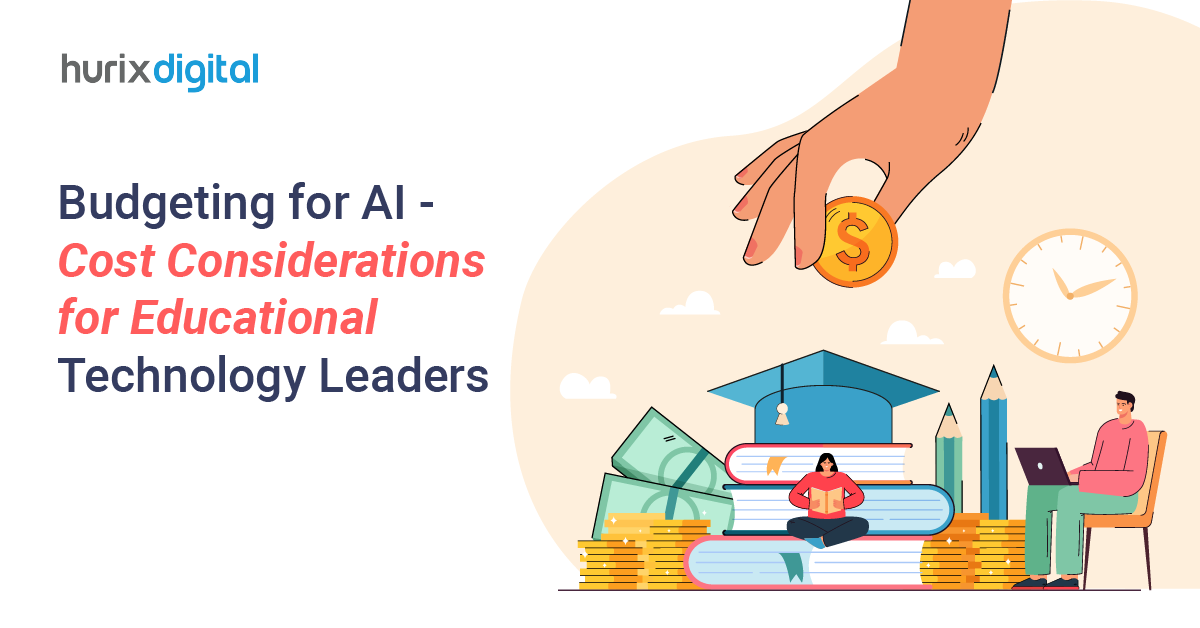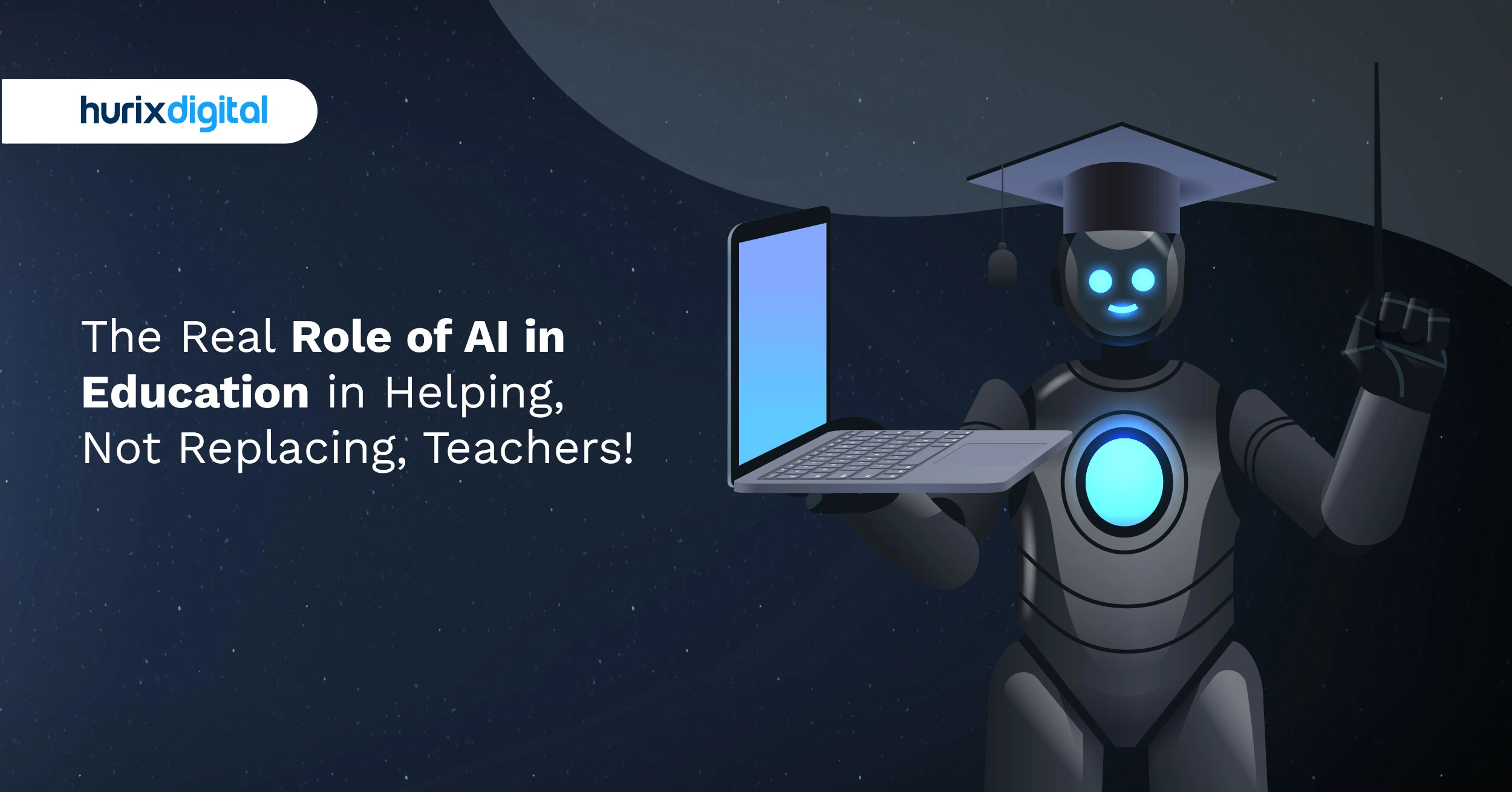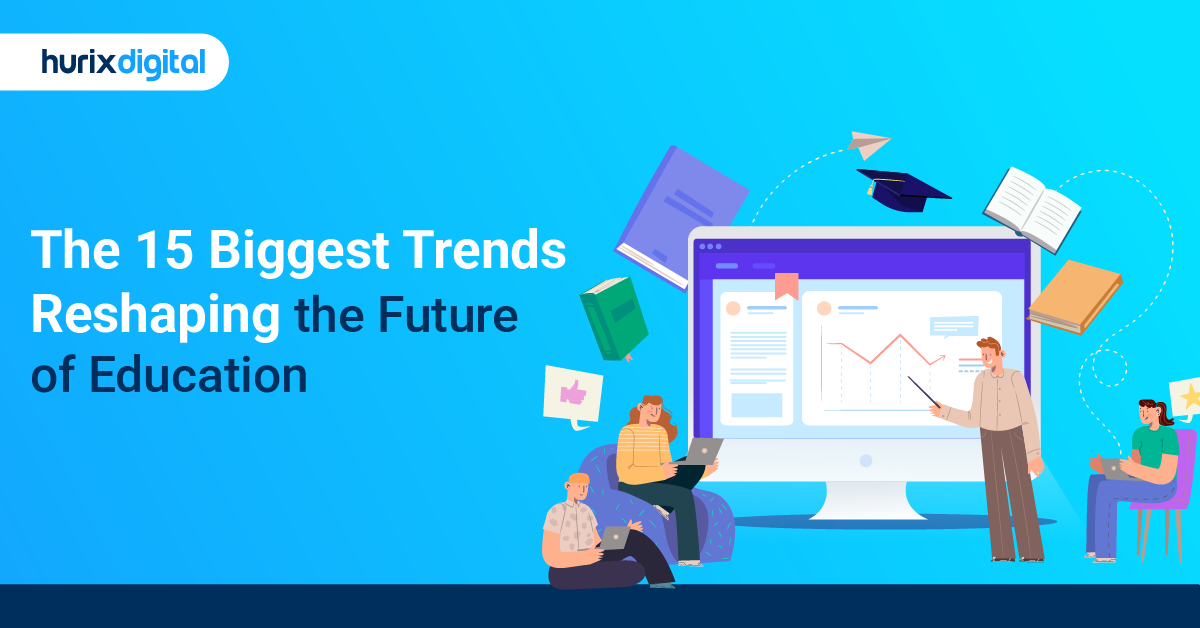
The Biggest Trends Reshaping the Future of Education
Summarize with:
You can no longer stay on the fence about the revolutionary ideas, notions, and principles guiding today’s learning.
Education is in a constant state of flux, driven by educators’ capacity to reinvent the learning environment constantly. Students need to evolve in their ability to embrace the learning process, whether it’s a shift in mindset or adopting new learning models and approaches.
The future of education is linked to the present, and we can see trends rapidly catching up as new technologies emerge and productive techniques help learners advance and learn faster than ever.
Today, it’s no longer about the next big splash but more about how the education sector is shaping up for society’s progress at the microcosm level. Let us explore trends in education together and see how they will pan out in 2025.
Table of Contents:
- 2025: A Year of Promise for Education
- Watch Out for These 5 Key Trends in the Education Sector in 2025
- What are the Top 10 AI Trends in Education?
- Adaptive Learning
- Automated Graded Assessments
- Augmented Reality and Virtual Reality in Education
- Natural Language Processing (NLP) For Language Learning
- ChatGPT
- Intelligent Tutoring Systems Driven by AI
- AI in Gamification of Learning
- AI-Powered Personalized Education
- AI-Powered Proctoring in Smart Classrooms
- AI-Powered Technologies for Increased Accessibility
- Key Takeaways
2025: A Year of Promise for Education
The coming year will see massive changes in the educational sector, with the collective good of technological advancements at work. You will be able to see the peak of transformation and note the key trends in helping students stay focused and motivated to study with engaging tools and techniques.
One such methodology is online or digital learning.
It’s remarkable to observe the growth of the eLearning market, with revenue forecast to reach 462.6 billion dollars in 2027. The natural integration of technology into the field of education has opened doors to new possibilities like massive open online courses (MOOCs) and remote learning, as students benefit from a wide variety of resources available at their fingertips.
More than innovations, it’s about the access and equitable nature of education that are necessary to equip students with the skills of tomorrow. Educational institutions are moving ahead from traditional modes of teaching and have taken leaps and bounds with online learning platforms, support tools, and assistants that can facilitate learning on the go.
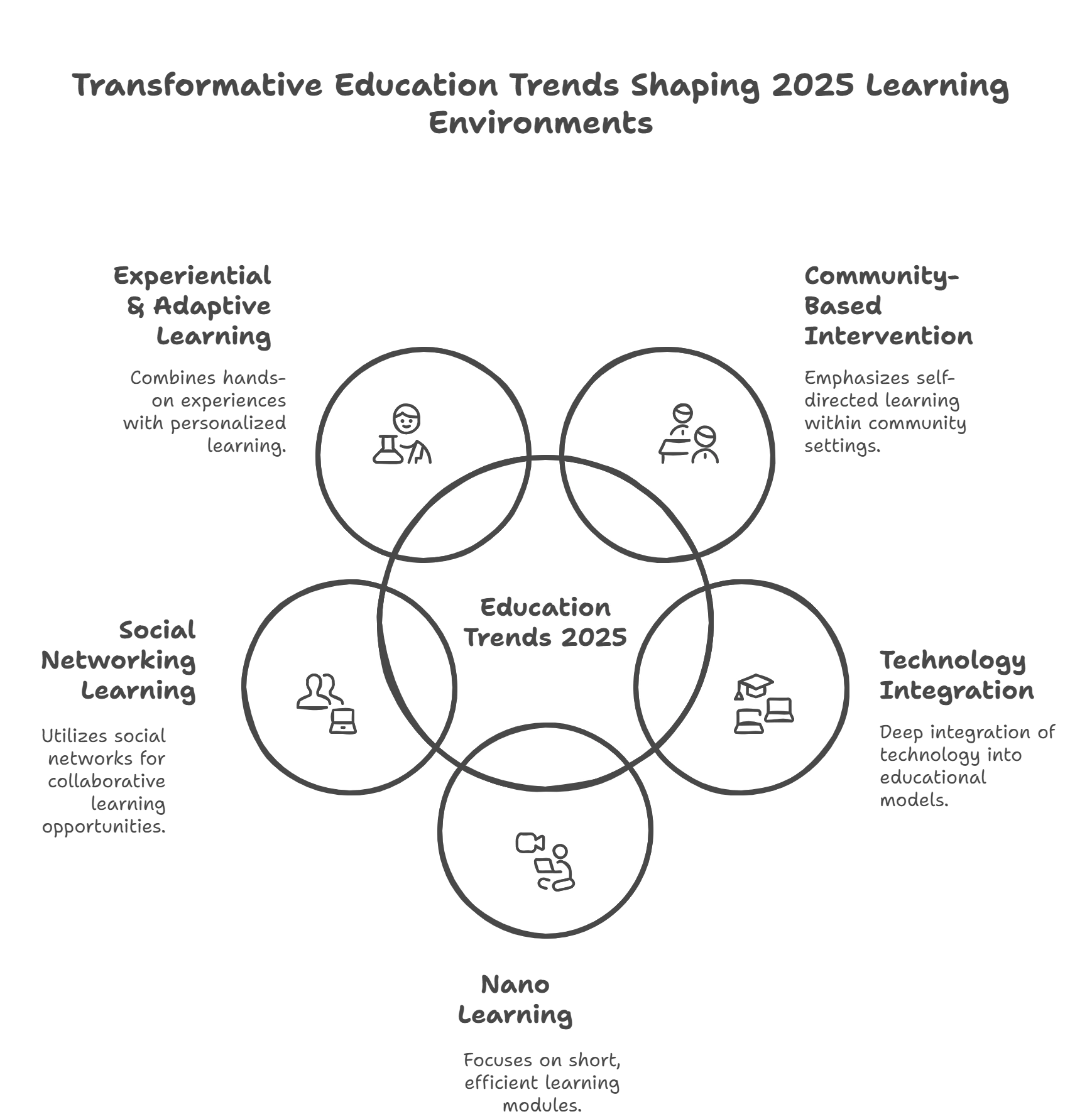
Watch Out for These 5 Key Trends in the Education Sector in 2025
The information revolution is upon us, and so are paradigm-shifting trends and setting benchmarks as we speak. Educators are becoming more receptive to change and hopeful for trends to turn into catalysts that will directly influence education in 2025.
Let’s dive further into these exploratory outcomes:
1. Community-Based Intervention: Self-Directed Learning
Children have an innate ability to learn and are born curious about the world around them. However, conventional learning paths have stifled their learning abilities by forcing them to stay on a path of standardized curricula, grading systems, and communication design.
This can be very demotivating for students who don’t understand the one-size-fits-all approach. Here is where empowering students with a more hands-on learning experience that isn’t defined by learning curricula and where the students are free to explore educational concepts with real-world examples is beneficial.
Micro schools are one such innovative teaching method teachers employ to propagate community-based learning at a personalized level.
2. Technology Embedded Deeply into Learning Models
Technology is no longer confined to the walls of the classroom. It has penetrated the beyond-the-classroom experience for educators and learners alike.
The role of technology, such as virtual reality, artificial intelligence, and machine learning algorithms, greatly impacts various learning models, such as flipped classrooms and blended learning.
STEM (Science, Technology, Engineering, and Mathematics) education is closely linked to how students can use critical thinking and problem-solving abilities to understand the courses and develop an interest early on. AI-enabled platforms have grown in popularity, where focused attention can be provided to struggling students, and learning gaps can be identified instantly.
For instance, Dictera, developed by Hurix Digital, is an excellent example of how AI can empower you to make efficient data-driven decisions and manage workflows at your pace.
Here’s a video to learn more about the tool and its capabilities:
3. Rising Popularity of Nano Learning
With dwindling attention spans and the ever-increasing need for engaging content, students are moving towards bite-sized content in the form of videos, podcasts, audio snippets, and flipbooks, which are energy- and time-effective.
It’s been a long time since Gen Z entered the marketplace of education, vying for educational content that is inclusive and accessible. Their preferences are clear, visually appealing content that adds value to the narrative and can be consumed as quickly as they come—seconds rather than minutes.
Progressive learning choices are being made by educators in their medium of instruction, with more focus on interactive knowledge generation.
4. Social Networking Learning Opportunities
Social networking sites like Instagram, Facebook, Twitter, YouTube, and many more have come a long way. They have made connecting, sharing ideas, and discussing topics openly and honestly even easier.
After all, learning is multi-faceted and has always been a social activity deeply rooted in collaboration and knowledge sharing.
Social networks will become more important than ever in the classroom as teachers use them to engage students in learning activities, share resources, and collaborate on projects together.
Teachers can also use these sites as bulletin boards and discussion forums to encourage real-time feedback and share insights on essential lesson plan topics.
5. Experiential Education and Adaptive Learning
We’re seeing a shift toward experiential learning—teaching students through hands-on experience instead of just through textbooks and lectures. This can take many forms, from field trips to internships, and service projects.
This kind of teaching allows students to apply what they’ve learned in real-world situations and helps them retain information better than traditional teaching methods do.
Adaptive learning is based on the idea that every student learns differently and at their own pace, so teachers should use different methods to reach each student individually.
Such a form of self-paced learning can prepare students for jobs in the future and equip them with skills that develop their resilience and skills.
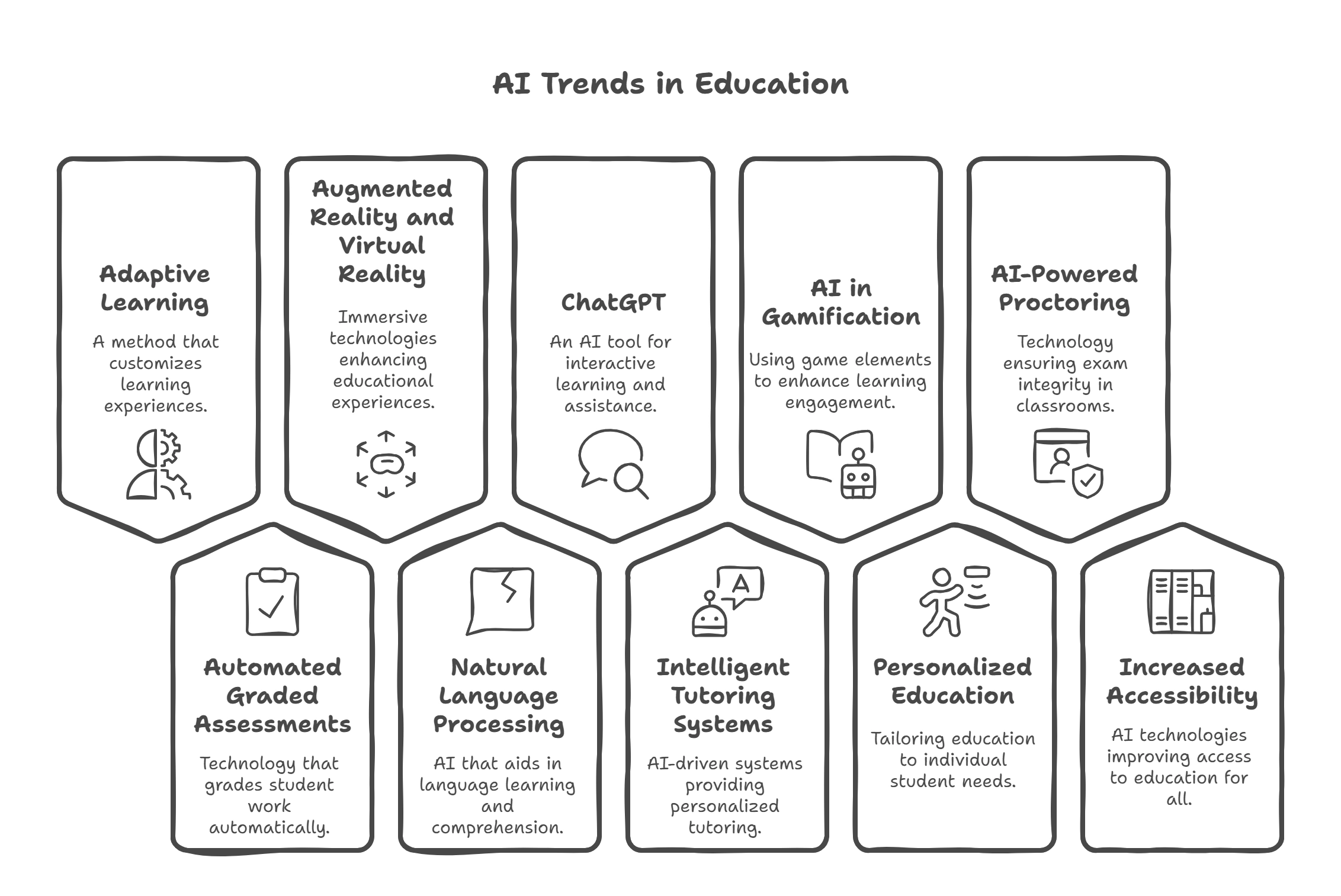
What are the Top 10 AI Trends in Education?
Keeping tabs on the latest in AI reveals its impact across industries like finance and healthcare. However, AI truly stands out in education.
The shift toward personalized learning has fueled AI in the education market, hitting a value of USD 4 billion in 2022. Projections suggest a steady growth with a compound annual growth rate (CAGR) exceeding 10% from 2023 to 2032.
The emergence of AI in education is fueling effective transformations for educators and students.
Here are a few AI trends in education that are reshaping the learning landscape in 2025:
1. Adaptive Learning
AI-enabled adaptive learning is a cutting-edge teaching strategy that uses AI in Education (AIED) to give every student a customized learning experience. This novel approach evaluates students’ learning styles, areas of strength, and weaknesses using data analytics and machine learning algorithms.
Based on this analysis, the system dynamically adapts the educational material’s pace, content, and difficulty level to the learner’s needs and competencies.
AI-enabled adaptive learning holds great promise for the future of education. Adaptive learning platforms are anticipated to advance in sophistication, personalization, and efficiency in line with the swift advancement of artificial intelligence.
2. Automated Graded Assessments
AI-driven feedback systems are revolutionizing the assessment of exams. Both educators and students can benefit greatly from these systems due to their efficacy, reliability, speed, and flexibility. Exam evaluation is largely being transformed by artificial intelligence (AI) technologies, such as natural language processing, pattern recognition, and adaptive learning.
As generative AI tools are data-driven, they can be instructed to understand particular grading criteria. They can then use this comprehension to grade students’ work efficiently.
Generative AI-powered assessments by auto-marking are a fair, effective, and dependable method. It gets rid of the biases, discrepancies, and mistakes that come with manual grading.
3. Augmented Reality and Virtual Reality in Education
AI is also a driving force behind advancements in immersive technologies, including augmented reality (AR) and virtual reality (VR). With the help of this education technology (EdTech), educators can offer their students engaging and interactive learning opportunities that let them experience virtual worlds and interact with simulated learning objects.
With VR and AR, students can visit locations they might not otherwise be able to. For instance, Google Expeditions offers online explorations to famous places, sites of historical significance, and even isolated ecosystems.
Using virtual reality headsets, students can explore ancient artifacts, virtually tour the Great Wall of China, and swim with underwater creatures from the comfort of their classrooms.
4. Natural Language Processing (NLP) For Language Learning
AI-driven Natural Language Processing (NLP) technologies are enabling teachers to better support students who have difficulty with reading by giving them improved ways to articulate themselves.
Using AI’s capabilities, NLP tools can evaluate and comprehend students’ written or spoken language, offering insightful analysis and constructive criticism.
These tools can pinpoint students’ grammar, syntax, and vocabulary comprehension issues and provide specific instruction to help them along their learning path.
5. ChatGPT
Educators are using artificial intelligence chatbots, such as ChatGPT, to improve their instructional strategies and give students individualized attention.
These chatbots function as virtual assistants, responding to inquiries, offering clarifications, and holding deep and meaningful discussions with students.
Because few educators are worried that ChatGPT and other AI chatbots could provide false information and encourage plagiarism claims, they have yet to embrace their use in the classroom. However, with ongoing improvements and the release of GPT4, designed to be more sophisticated, this could eventually alter perceptions.
6. Intelligent Tutoring Systems Driven by AI
Intelligent tutoring systems (ITS) are using AI to give students personalized, one-on-one guidance. ITS examines student information, such as their progress, participation trends, and answers to questions.
Teachers also gain from this because it gives them more time to concentrate on other aspects of teaching, but most significantly, it helps the students. By providing them with tailored assistance akin to that of a real-life tutor, the ITS is promoting greater comprehension and memory retention.
7. AI in Gamification of Learning
AI can gamify study materials by adding a new degree of personalization, which increases user engagement and motivation.
Gamification designers can use AI algorithms to analyze user data to create experiences that are specifically customized for each player. This may result in a more captivating and immersive experience that is more tailored to each learner’s interests and preferences.
Using AI in the gamification of learning has several advantages, including its capacity to learn from user data.
By examining student behavior and preferences, AI can produce a customized experience that changes to meet each student’s needs. This can include tailored challenges or rewards, suggested content or activities, and advanced analytics that foretell the user’s future needs or wants.
8. AI-Powered Personalized Education
With the help of artificial intelligence, education can now be customized to meet the individual needs of every student, giving them individualized learning opportunities.
AI algorithms can evaluate data to determine how well each student is doing and then provide them with lessons and activities that correspond to their current learning objectives.
Because AI is incorporated into the educational system, it will function similarly to having a specialized instructor who knows how to help you so learners can easily handle learning difficulties.
9. AI-Powered Proctoring in Smart Classrooms
Guaranteeing academic accuracy during examinations has become a major concern with virtual and remote learning expansion.
AI-based proctoring evaluates a test-taker’s behavior, surroundings, and mobility in a manner akin to that of a human proctor. It can potentially make surveillance even more effective and scalable for online exams.
Artificial intelligence (AI) can help restore reliability during examination by detecting suspicious behavior, plagiarism, or AI-generated content. This can be done by utilizing facial detection, eye tracking, and audio evaluation.
10. AI-Powered Technologies for Increased Accessibility
Students with special needs and those with disabilities now have equal access to education.
AI-driven technologies, such as text-to-speech and speech recognition, can read aloud text displayed on the screen or listen to learners’ speech and translate it into written language. This facilitates learning and participation in the classroom for students who are deaf or blind.
Check out EXCLUSIVE: Harnessing the Power of Tech-Infused Education – Students and Educators Alike
The global EdTech market is projected to experience significant growth by 2026, driven by trends like interactive learning, gamification, and the adoption of AI-powered personalized learning platforms. Specifically, the smart learning market is expected to reach $95.4 billion with a 21% CAGR, and game-based learning is predicted to be a $29.7 billion market with a 21.9% CAGR.
Key Takeaways
We cannot predict the future, but we can certainly imagine it. And we are confident that the future of education is bright!
There are so many opportunities in the digital learning space for companies to capitalize on, and there are plenty of trends to watch out for.
At Hurix Digital, these major influences on the education sector affect your classroom, students, and work as educators differently. These predictions will make a difference as we reflect on our current levels of technology integration, personalized learning, and even the way we think about assessment.
From learning about culture online to designing their apps, students will have many opportunities to explore their interests and expand their knowledge. Are you ready for a lesson from the future? Contact us today!
Summarize with:

Senior Vice President
A Business Development professional with >20 years of experience with strong capability to sell new solutions and develop new markets from scratch. New Market Entry Specialist with experience working in the largest emerging markets. Exceptional experience in conceptualizing, ideating and selling new learning technologies like VR AR, etc. across multiple industry verticals.
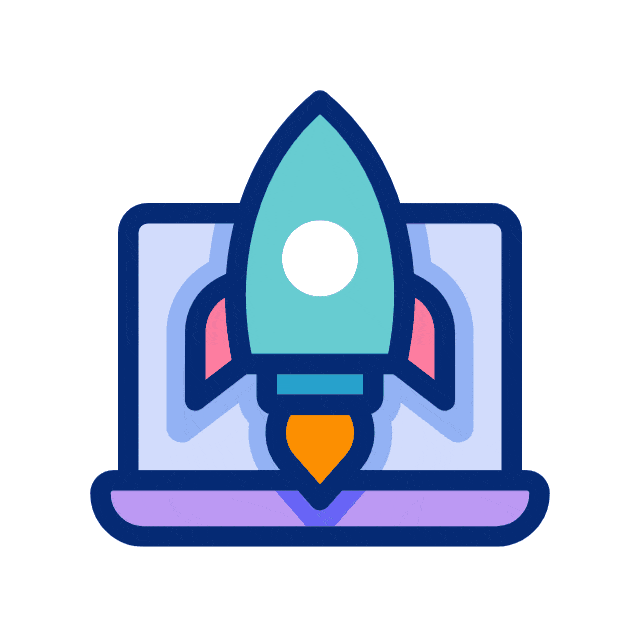 Upcoming Masterclass | Build an Army of Brand Evangelists using Training & Development | November 20th, 8:30 AM PDT | 11:30 AM EDT | 10:00 PM IST
Upcoming Masterclass | Build an Army of Brand Evangelists using Training & Development | November 20th, 8:30 AM PDT | 11:30 AM EDT | 10:00 PM IST
